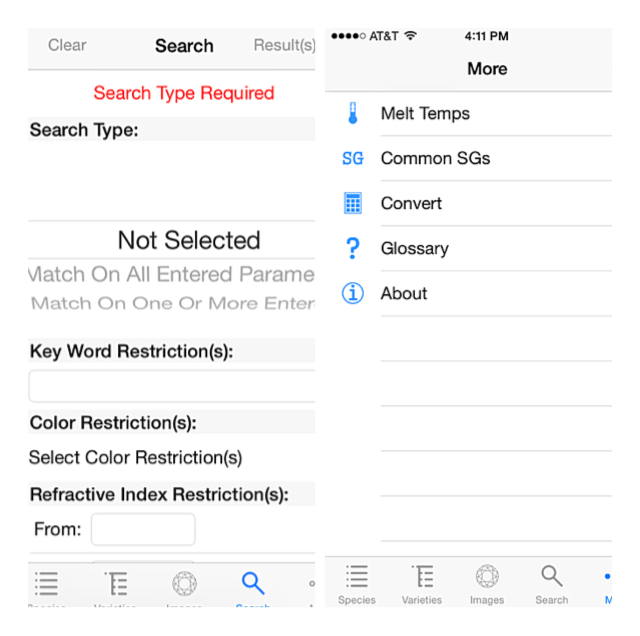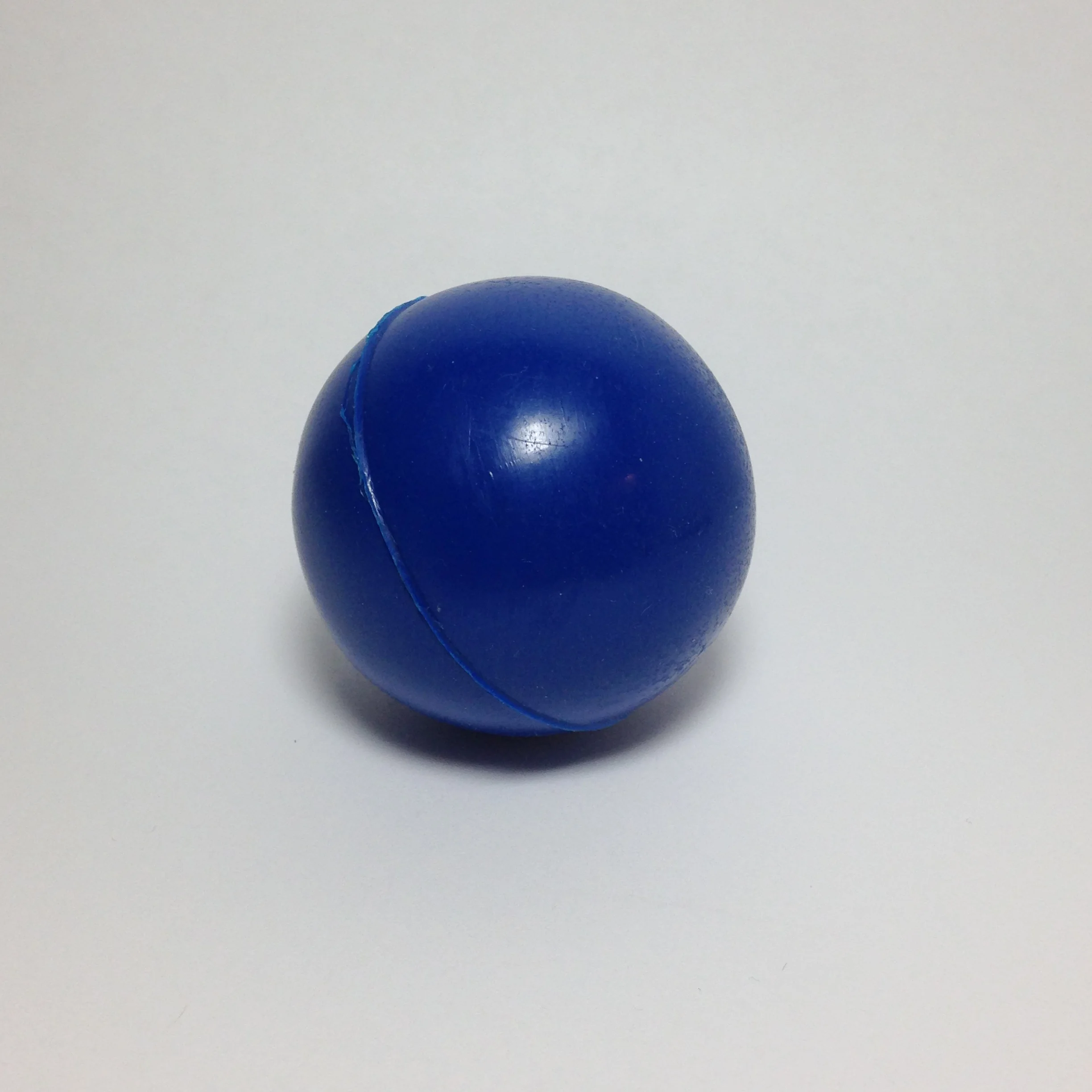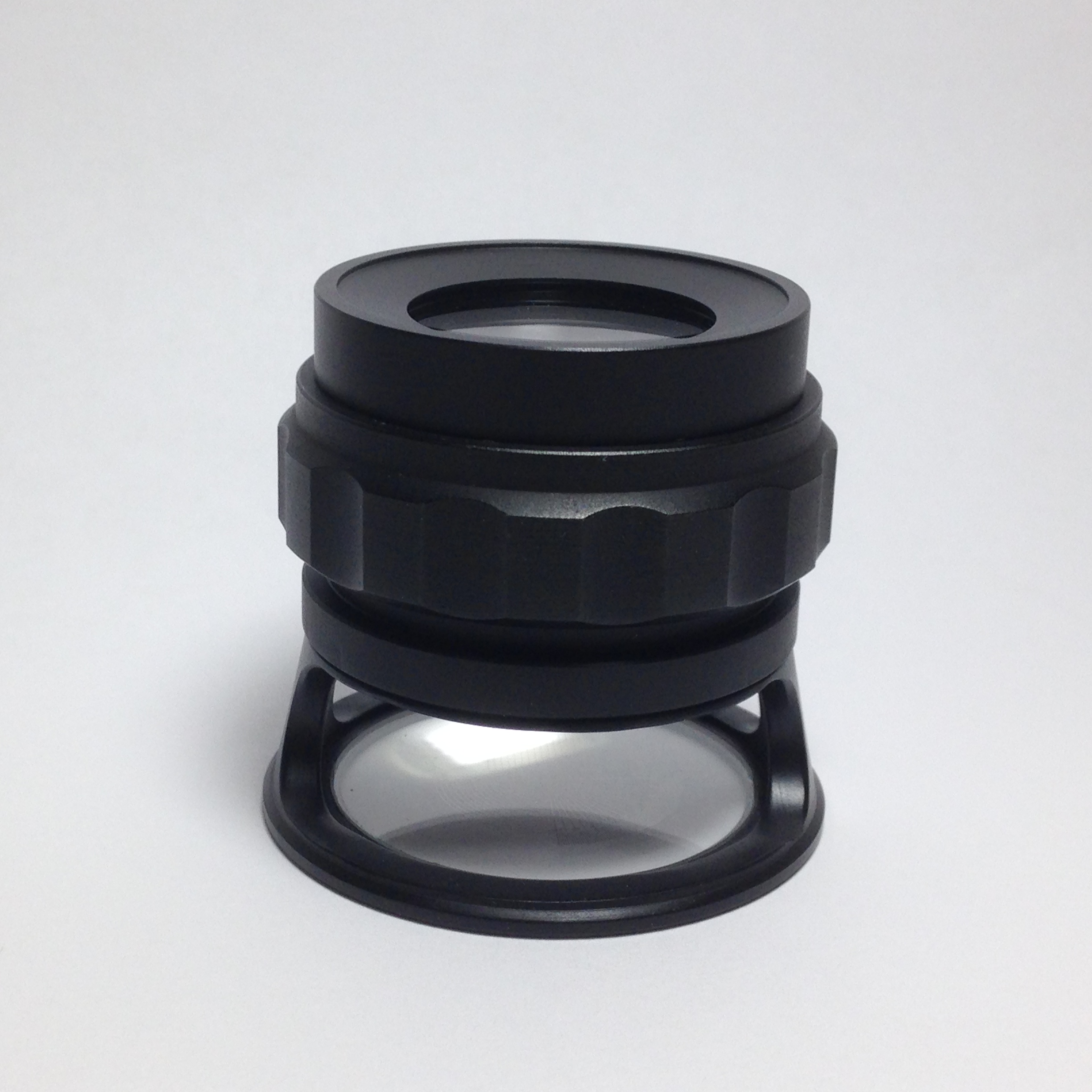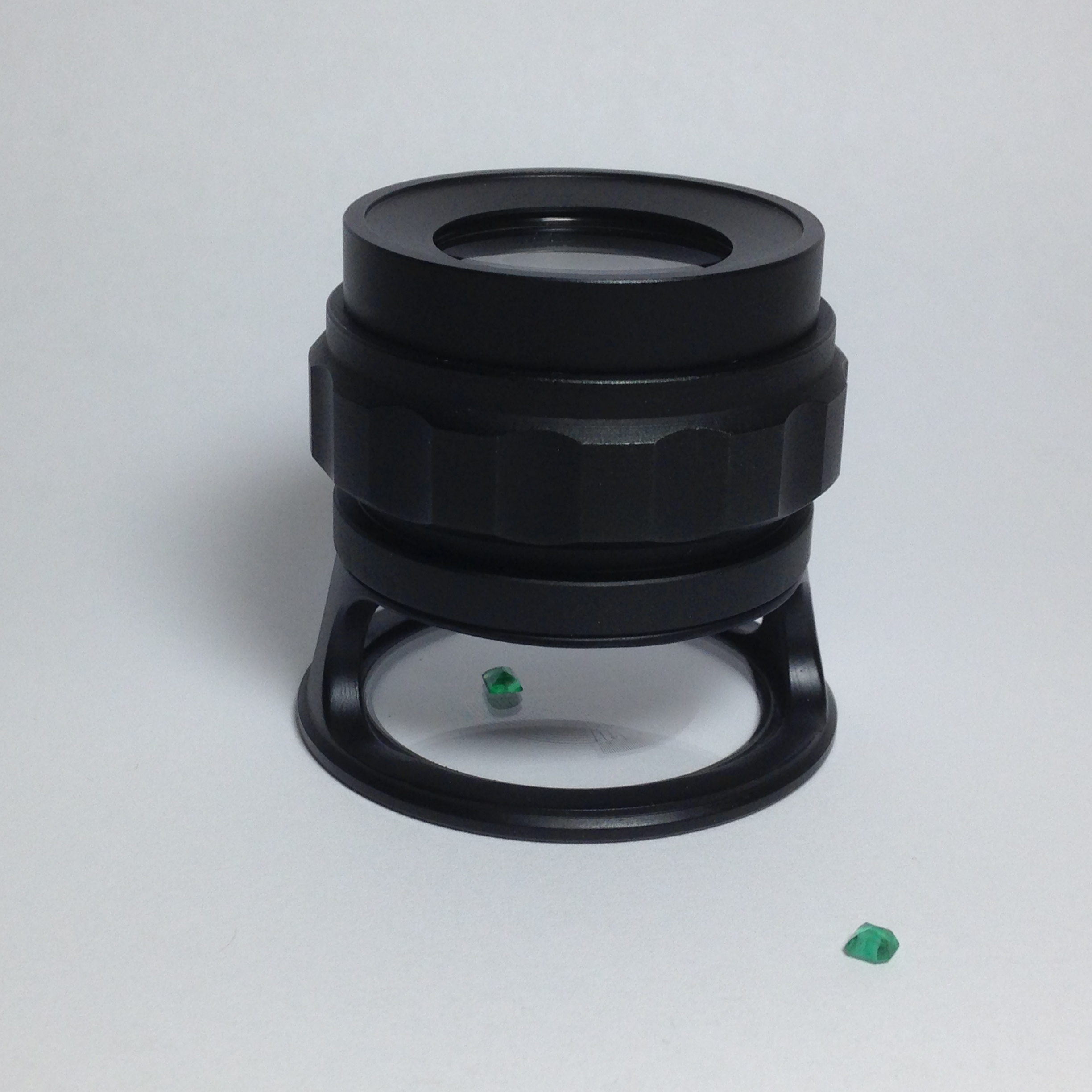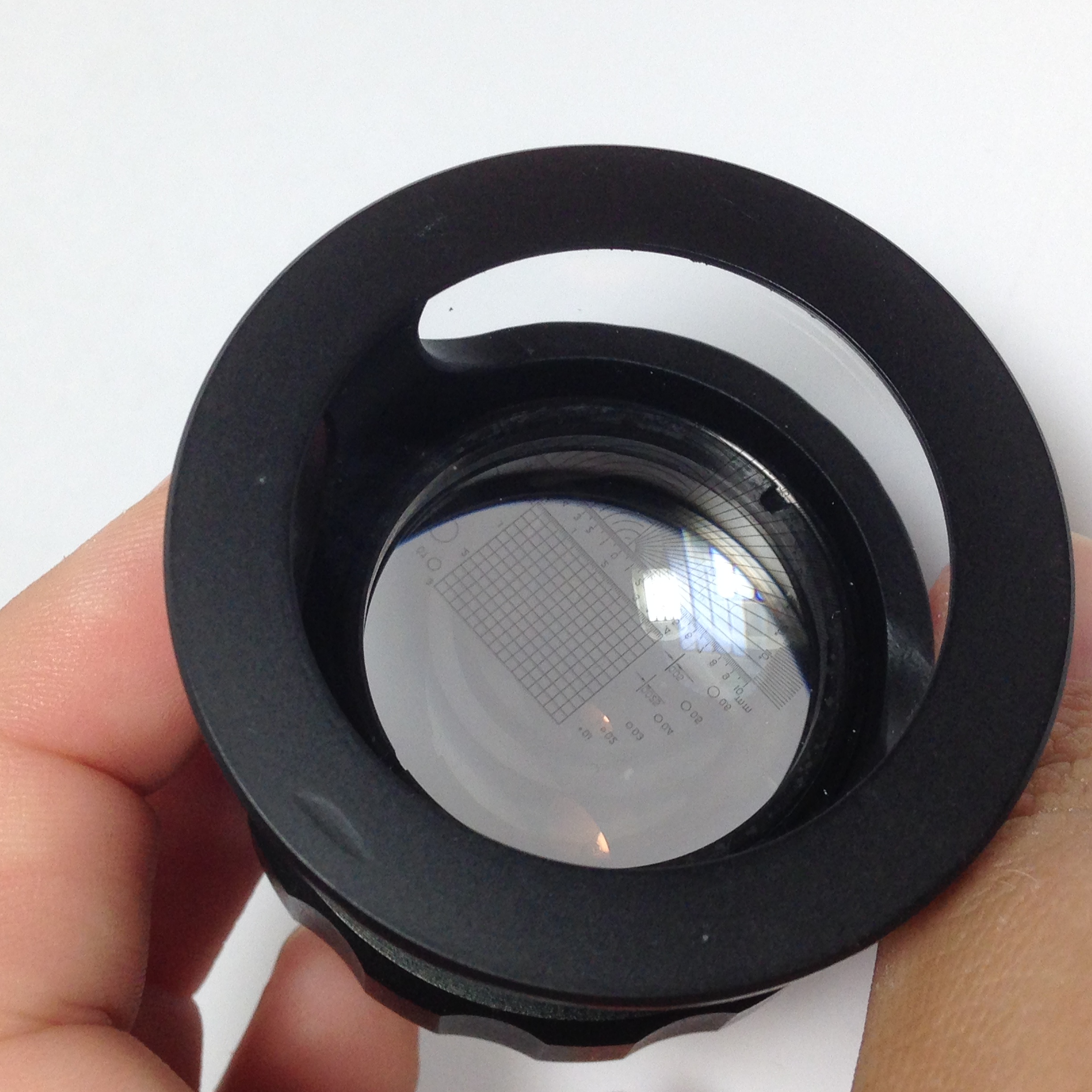MetDia Gem: You need this app
/Metdia Gem is an app that any gemologist, or anyone just interested in gemstones should own. The app cost of $4.99 provides a comprehensive gem reference guide that allows you to access information on all widely accepted gem species and varieties in a fast and easy to access format.
The app is available for iOS, Android, and Windows Phone 8. If a person downloads the application for a specific operating system (such as iOS), then you may use the application on up to 10 devices that share that operating system (such as an iPhone, iPad, and iPod Touch) without being charged again; it is also available as family sharing application for those operating systems that support it. One of the best features of the app is that it’s not dependent on wifi or cellular data, so you can access it at any time from anywhere without the headache of wasting cellular data or needing a wifi password.
After the you install and open the app you are greeted with a main screen that lists gem species from actinolite to zoisite (and everything in between.) The list also includes organic gem material, synthetics, assembled, and man-made stones. Detailed information about the gem species is listed when you click on each gem, including: chemical formula, crystal system, specific gravity, hardness, toughness, dispersion, transparency, polish luster, fracture, fracture luster, cleavage, heat, chemical, and light reaction as well as ultrasonic, steam, and soap/water cleaning cautions, variety-by-species information, commonly confused stones, separation(s) info for stones (how to separate from similar looking/testing stones), enhancements, and sources.
There app’s UI has icons along the bottom of the screen that bring you directly to the list of varieties of stones and accompanying images with the species listed underneath. You can click on the varieties and see an image of that variety (if available) which is also clickable. Clicking through will bring you to the specific properties of that variety such as those listed previously. There is also an icon that leads to a list specifically for images, where each image is clickable and produces a larger and alternate image for each stone. There is also a helpful search icon that allows you to search specific phrases.
The “more icon” takes you to a list of other helpful categories including: metal melting temperatures (both Fahrenheit and Celsius) and specific gravity information for those metals (including common base metals and other materials). Below Melting Temperature and Specific Gravity is an icon that takes you to a useful conversion chart that allows you to input a weight into any category and converts it across a variety of weight measurements. In the upper right hand corner is an icon to view the conversion formulas if you choose to convert the weights yourself. The final category below the conversions is a glossary of terms that would be useful as a refresher or a help to the novice.
Metdia Gem is currently lacking images of a few of the rarer varieties but the app is constantly being updated and improved. When I contacted the developer, Scott B Britton, GIA Graduate Gemologist, he had this to say about the app “We are continually striving to improve the application to meet the demands of users...feedback is highly welcome and we make changes and integrate new features to the application with this feedback.” Personal support is also available to anyone who has any technical issues, and he encourages anyone to contact him directly at president@metdia.com and he will personally assist them. I would also like to encourage anyone who might wish contribute suggestions, images, or feedback to contact Mr. Britton.
Anyone interested in gemstones and jewelry should consider purchasing the Metdia Gem app. The app packs in a wealth of information into an easy to navigate reference guide with an affordable price that is useful for both seasoned gemologists as well as gemstone and jewelry enthusiasts.
Kathleen Marino M.A, G.G., AJP, NAJA



